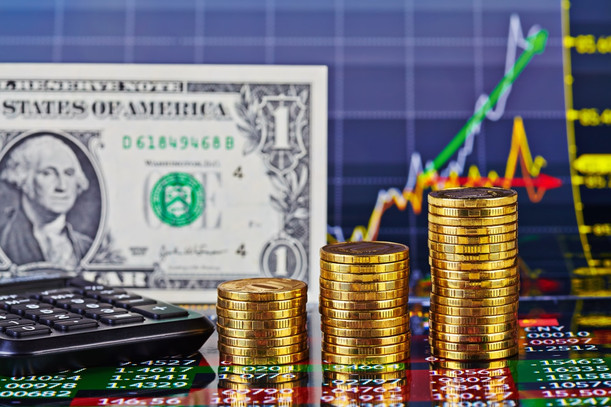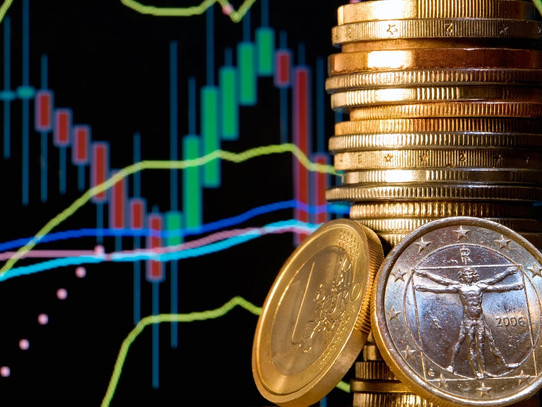Using leverage is for sure a good way to make a big amount of money with forex trading, but it is also a great way to lose a lot of money.
It is sort of a double edge sword if you like, it plays for you as well as against you.
You must be extremely careful when playing with leverage because it has the power to generate huge losses that can exceed your original deposit!
First things first, let’s introduce what leverage exactly is.
Fundamentally, leverage is just credit.
In forex trading, leverage is money that your broker lends you in order for you to be able to trade with larger capital than you originally invested.
If used correctly, of course, leverage will boost your profits, while keeping losses under control. But if used recklessly leverage may very well kill your entire investment in one shot.
Let’s take an example to better understand what we mean here.
How Leverage in Forex Trading Works
If you invested 10,000 USD with a forex broker and you use the most commonly used leverage of 100:1, then, you are automatically entitled to 1,000,000 USD in trading capital. The maximum size of trades you can open in USD terms is your investment multiplied by the leverage, and in this case, that is 1 million US Dollars. Whether you use it all on one trade or on multiple trades does not matter.
Because the credit money is borrowed from the broker, it normally follows that an initial deposit is required in order to cover for the credit. This is done on a per trade basis, that is, on each opened trade the broker takes a portion of the trader’s equity and provides the rest of the money calculated based on the leverage set.
This is known as margin and is always a percentage of the leverage used. In the previously given example, for a 100:1 leverage the margin is 1% because 1÷100 = 0.01. That simply means for each opened position the trader only needs to provide 1% of the funds and the rest will be provided by the broker.
Determining a Good Leverage Ratio
So, if you can trade a million dollars does that mean you should and does that make you a millionaire?
The answer is, of course, NO to both questions.
Let’s see then, how to determine a good leverage ratio for you.
Taking into account that the “lot size” is the basic unit of measurement for “trading volume” in the forex market it logically follows that this element is fundamental to calculate eventual profits or losses on each pip won or lost.

If for example, you choose to use a 100:1 leverage and you trade 2,5 lots with your 10,000 USD, every pip would be equal to approximately 25 USD. Considering that the daily volatility for most forex pairs is approximately 100 pips, you could lose up to 2,500 USD, almost ¼ of your initial deposit in just one trade.
In order to effectively limit this risk, a good strategy is to start with smaller lot sizes, such as 0.1 (1 mini lot) or maybe 0.2 if you are more risk-hungry. This way you can limit your losses and manage your money in a wiser way.
Essentially, the number of lots together with leverage is everything when it comes to the risk in forex trading. The number of lots you take on your trades control the size of your positions, while leverage gives you the ability to take big positions. Naturally the bigger the position the greater your risk is.

What it takes on a percentage basis to make up for the losses in your account!
Just because you have the ability to open larger positions that does not mean you should. In fact, you can have your leverage set at 100:1 or 200:1 and still trade with micro lots (size 0.01), even in a 10,000 USD account. Each position in this situation will be approximately 1,000 USD or 10% of your deposit. Each pip will be worth around 0.1 USD which means on a 100 pip move your maximum risk is 10 USD.
Adjusting Leverage is also an Option
Alternatively, if you do not think you can control yourself by trading with small lot sizes, you can set your leverage at a very low level like 1:2 or 1:5, or even 1:1 (in which case you would be trading without any leverage). Professional traders use low leverage ratios normally, and there is no reason this to not be the practice of retail traders as well.
Most professional forex brokers should provide the option to adjust the leverage online and in a few clicks.
When you start out in trading you can opt for a very low-risk approach by using no leverage and then as you become more confident you can start to introduce some low leverage ratios. Never underestimate the volatility of the market and make sure you calculate exactly how much a single pip is worth on each currency pair that you intend to trade.
If you are unsure about any part of how lot sizes or leverage affect your account then, by all means, do not use leverage until you have fully grasped these concepts. You can also find more useful information in our money management guide or our pip and position size calculators will help you when determining correct volume for your trade.
Lastly, if you are a complete beginner, consider that losing trades will most likely be more frequent and bigger than the winning trades. That’s why it is even more important to stick to a low leverage when you are entering the world of trading and then increase it when you gain enough experience and confidence in your strategy.
Always keep in mind, abusing leverage will sooner or later erase your entire account!





